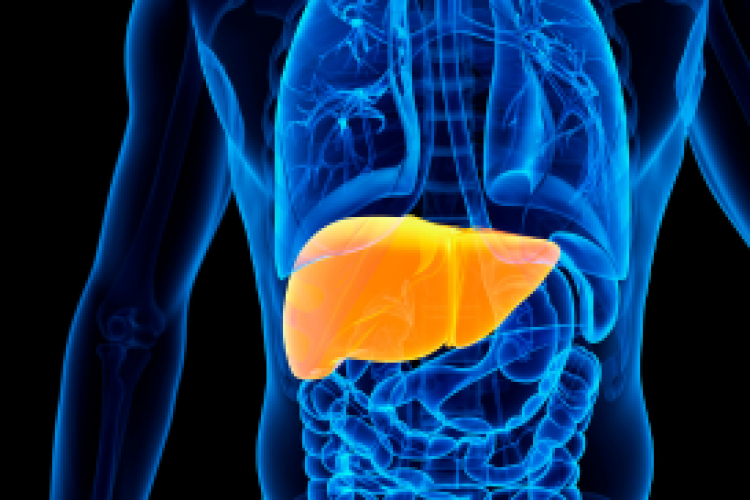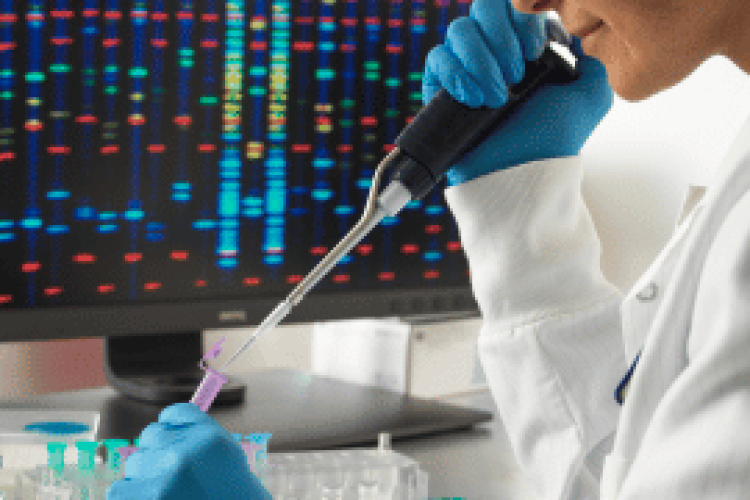Early Treatment Reduces Risk of Complications and Death
Sepsis is a potentially life-threatening condition, yet until recently it didn’t receive enough attention in the nation’s hospitals, according to Dr. William Greenhut, the Medical Director of The Emergency Department at Montefiore Nyack Hospital.
“Patients with sepsis are the sickest patients in the hospital,” he said. “They have a greater risk of dying compared to patients hospitalized for stroke, trauma, or heart attack.” Research shows that the risk of dying from sepsis is reduced by early, aggressive treatment.
Sepsis is the body’s extreme response to an infection. It is a life-threatening medical emergency. Sepsis happens when an infection you already have triggers a chain reaction throughout your body. Without timely treatment, sepsis can rapidly lead to critically low blood pressure, organ failure, and death.There are 1.7 million cases of sepsis annually in the United States. Of those, 270,000 will die.
Almost any type of infection can lead to sepsis. The most common are urinary tract infections, pneumonia, or gastrointestinal infections. Some people are at higher risk of sepsis. These include adults 65 or older; people with chronic medical conditions, such as diabetes, lung disease, cancer, and kidney disease; and people with weakened immune systems. “We see a higher proportion of sepsis occurring in skilled nursing facilities, because so many people there have these conditions,” Dr. Greenhut said.
The most important component of treating sepsis is to identify it in the first place, which can be a challenge for those not trained to look for it, according to Dr. Greenhut, who chairs the hospital’s Sepsis Committee. “Everyone has a role to play in identifying sepsis in the home, nursing home or emergency department,” he said.
Signs of Sepsis
The most common symptoms of sepsis include:
- Fever
- Rapid heartbeat
- Difficulty breathing
- Confusion
“Sepsis is a medical emergency. If you or your loved one has these signs, seek medical attention immediately,” Dr. Greenhut said. “The risk of complications and death increases the longer you wait to obtain treatment.”
Treatment generally involves intravenous fluids and antibiotics for a bacterial infection, if indicated. While many sepsis patients are admitted to the hospital, in some cases a person may be treated in the emergency department and then released.
Education is Key
Montefiore Nyack Hospital has developed a protocol about how to prepare and respond to patients who come to the Hospital with signs of sepsis, or who develop the condition while in the Hospital. “We’ve conducted an education campaign to ensure the entire hospital staff understands the true significance of sepsis,” Dr. Greenhut said. “We have notably improved in increasing the speed and aggressiveness in treating these patients.”
Dr. Greenhut, who is a member of a national committee on sepsis quality, has been conducting an education campaign in skilled nursing facilities to help staff identify sepsis patients earlier. He is now conducting community outreach to teach people to identify signs of sepsis at home.
“There’s a lot about sepsis we don’t understand,” he said. “Despite appropriate and aggressive treatment, the mortality rate for severe cases hovers around 30%. Our opportunity to improve that number is to identify and treat the condition as early as possible before there are complications related to the illness.”
To learn more about sepsis, visit the Sepsis Alliance page for Patients and Family at sepsis.org/education/patients-family/.



 Upcoming Events
Upcoming Events



